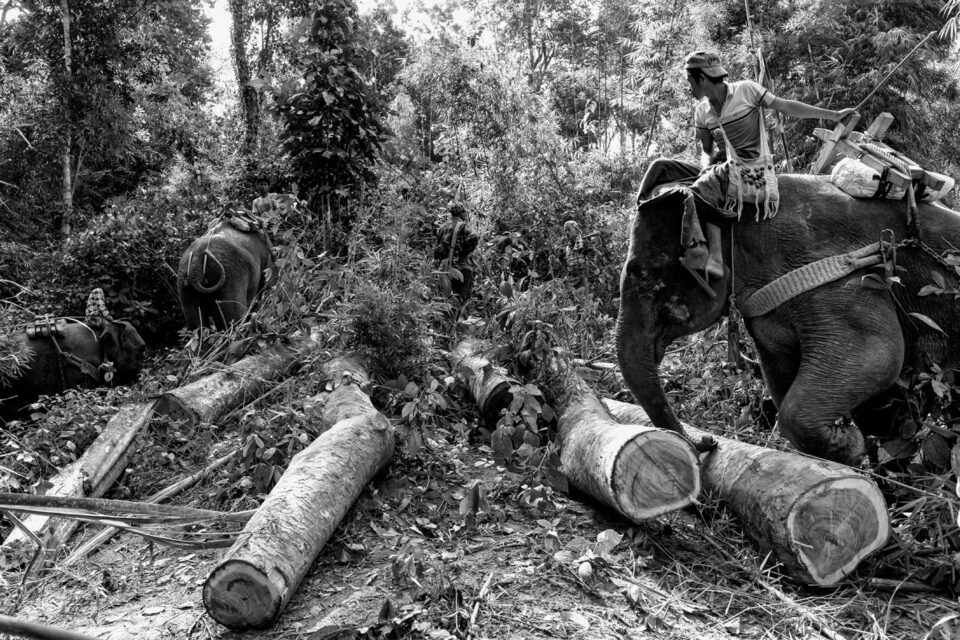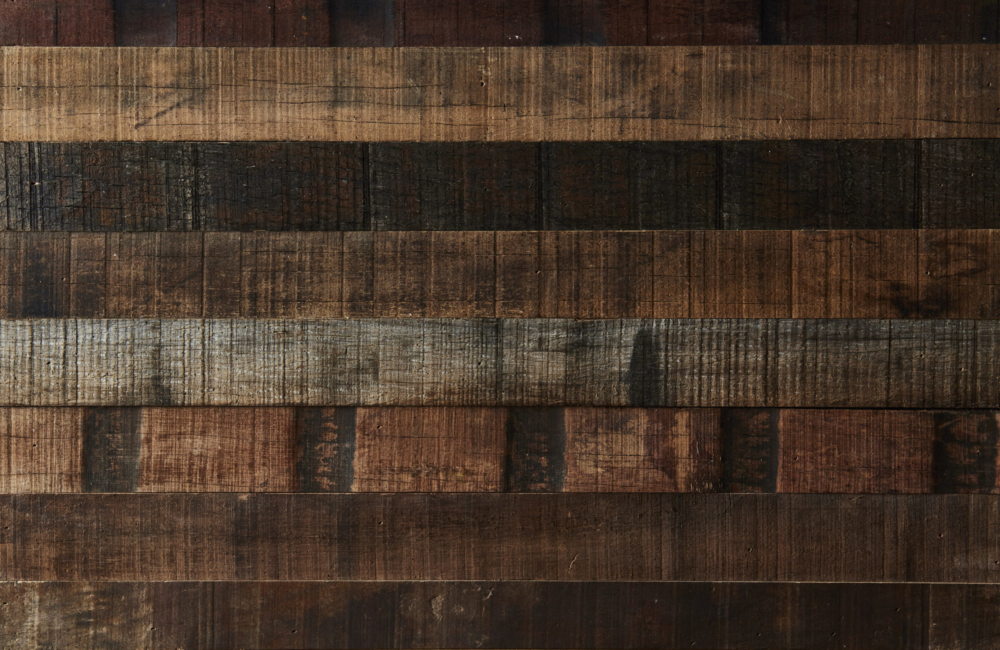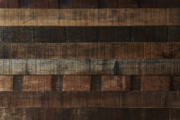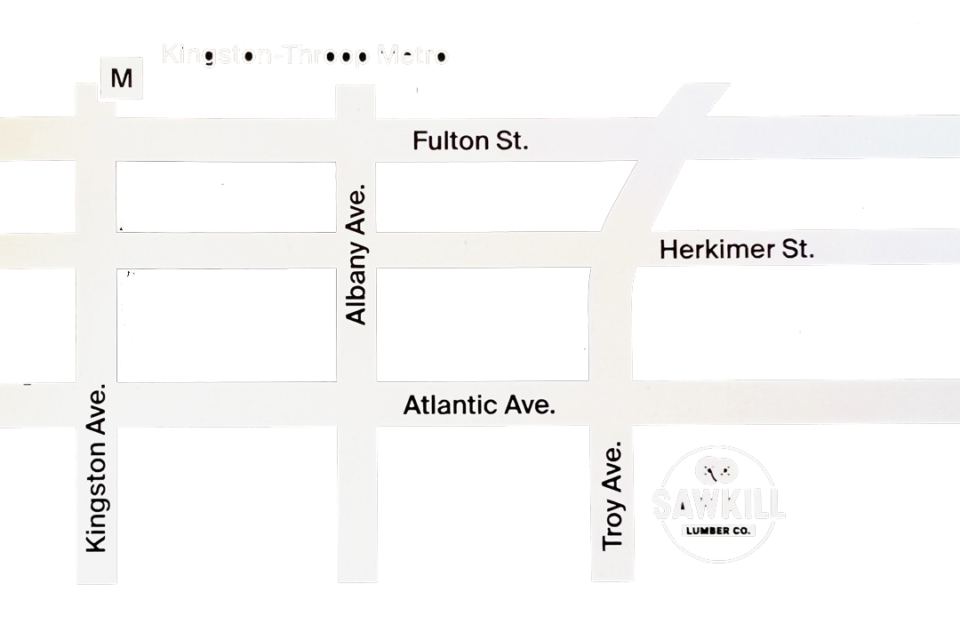
Posted on in by
A by-product of our globalized economy, this beautiful mix of tropical hardwoods were used as crating on large container ships. They still bear the marks of the heavy banding, across their surfaces. Added to this is their depth of color and the variety of species. And despite their durability, the woods are most often used as decorative paneling with their original aged surface.
Application
PanelingThickness
1/2", 3/4", 4/4" - 12/4"Widths
2"-4"Lengths
3 - 14'Color and Surface
Dense, durable, and rot resistant, the woods – composed of up to fifteen species – develop colorful patinas over the smooth aged surface. Ochres, browns, siennas, ebony marks and rich siennas can be discerned, mix of tropical woods retain inner qualities on the face of the narrow three inch boards.
Nature and Culture
The original boards are marked with an origin in Japan, where they are used for heavy crating on cargo ships, chosen for their hardness and insect resistance. But the original trees, as reported through scientific lab analysis, can be traced to tropical forests in Malaysia and other Southeast Asian tropical regions, where the harvesting of the wood is illegal. Like all reclamation, it points to a much broader issue.




